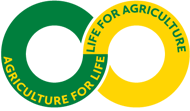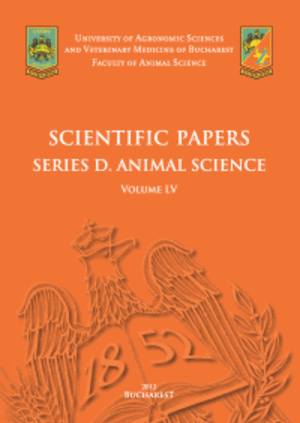Published in Scientific Papers. Series "Management, Economic Engineering in Agriculture and rural development", Vol. 24 ISSUE 4
Written by Florin PUIU, Adrian TUREK-RAHOVEANU
Short supply chains are a new approach to agricultural marketing, responding to the challenges posed by globalization and the complexity of traditional supply chains, and changing the way agrarian producers market their products and interact with consumers. This article explores the impact of short supply chains on agricultural marketing, and the results of the study show that these short supply chains bring numerous benefits. These include increased transparency, reduced costs, and strengthened relationships between producers and consumers. The study highlights that, through short chains, the efficiency of the marketing process is improved, and the actors involved benefit from better collaboration and mutual trust. The research presents a case study to highlight the trends and potential of this model in agricultural marketing. The findings highlight the need for a wider integration of short supply chains in agrarian marketing strategies, but also for improving the sustainability and resilience of farming systems.
[Read full article] [Citation]

 Next Issue will be published according the the calendar.
Next Issue will be published according the the calendar.



